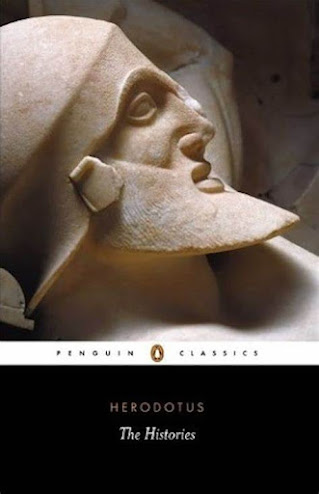War and Peace - the art of reading a brick!
In February 2020 I decided that it was time to read one of the pillars of the western literature: "War and Peace" (Leo Tolstoi). To make things even more challenging, I decided to pick a new german translation (Barbara Conrad) that is exceptionally long (around 2300 pages). Coincidently, the corona crisis exploded in the time comprised between March and May 2020, so I spent many long evenings by myself threading through imaginary early 19th century frosty Russian landscapes.
What can I write about it? Well, it was the intelectual equivalent to a marathon. It took me almost four and a half months (I generally read a 200 pages novel in a couple of evenings, if it is in Portuguese, English or Norwegian) and I felt I had to take a couple of breaks in between. I could read up to 30-35 pages/hour, if concentrated, so you can imagine how long it takes to read 2300 pages at this pace. By the end, I was exhausted. The last 500 pages were slow. And I admit that I skipped the last 50 pages or so, when I got to the middle of the second prologue. I just felt that Tolstoi was repeating himself over and over again, and that his arguments about historiography were already exposed during the main body of the novel, so the second prologue was just a summary of the main ideas.
A positive side-effect is that my fluency in reading literary German surely got a noticeable improvement after this. This version is very clear and easy to read (even for a non-fluent German reader like myself), so praises to Barbara Conrad, who, in my opinion, did a good job. The historical notes and list of historical characters that were at the end of the the two volumes of this edition also helped. I read Adam Zamoyski's "1812" just before starting "War and Peace", so that I could get an introduction of the historical events around the 1812 Russian campaign and I saw a lot of youtube videos explaining the military and political context of the napoleonic wars beforehand. That really helped a lot and saved me time, because I did not feel the need to read every single footnote regarding historical context in the book. Another intelectual hurdle is the fact that this version keeps the parts on foreign (=non-russian) language in its original form (with long translated footnotes under, so that all readers could understand them). So there were whole pages, or even chapters, in French, plus some lines in Italian. I was very happy for taking French classes at the time, because it saved me time (and patience).
What about the content? Was it worth it? Yes, yes and utter yes. This is truly a masterpiece. It is both a history book, a novel, a military campaign description, a psychological study, a philosophical essay, both a bildungsroman and a zeitgeist testimony of an entire society (although seen through the eyes of the aristocracy). Critics talk about the 500 or more characters, but don't get scared by that, the novel sort of revolves around the main 5-6 characters and all the others are either family members, friends, historical figures, strangers, serfs, celebrities, etc, a whole cacophony of more or less related and relatable figures that constitute the fabric of real life. Their presence gives a semblance of authenticity to the reader. And Tolstoi is a genius in understanding and portraying the psychological intricacies of human relations. The (main) characters are plastic and go through life- and perspective changing events through the novel. There are several moments of epiphany where the reader gets the opportunity to reflect and relate with the subject of the scene. And there are Tolstoi personal thoughts and arguments mixed in good measure in some chapters. The chapters are short and well chained together. The reason the book is so big is exactly because there is so much that happens in the years that the novel follows. But it does not get boring. It is just so long, so it is easy to lose the thread if you drop it for some days. Tolstoi's essays on the engine of history and historiography is also a read by itself.
Should you read it? In my opinion, yes. This is certainly a tour de force, but it is worth it in the end. As I said before, in stylistic terms, this is an easy read. It is just long. Very long. And it helps (a lot) to see some videos or read a bit beforehand about the historical context. But, as I also said before, this is a marathon. So better to be the kind of person who loves running (=reading) before you dive into it.



Kommentarer
Legg inn en kommentar